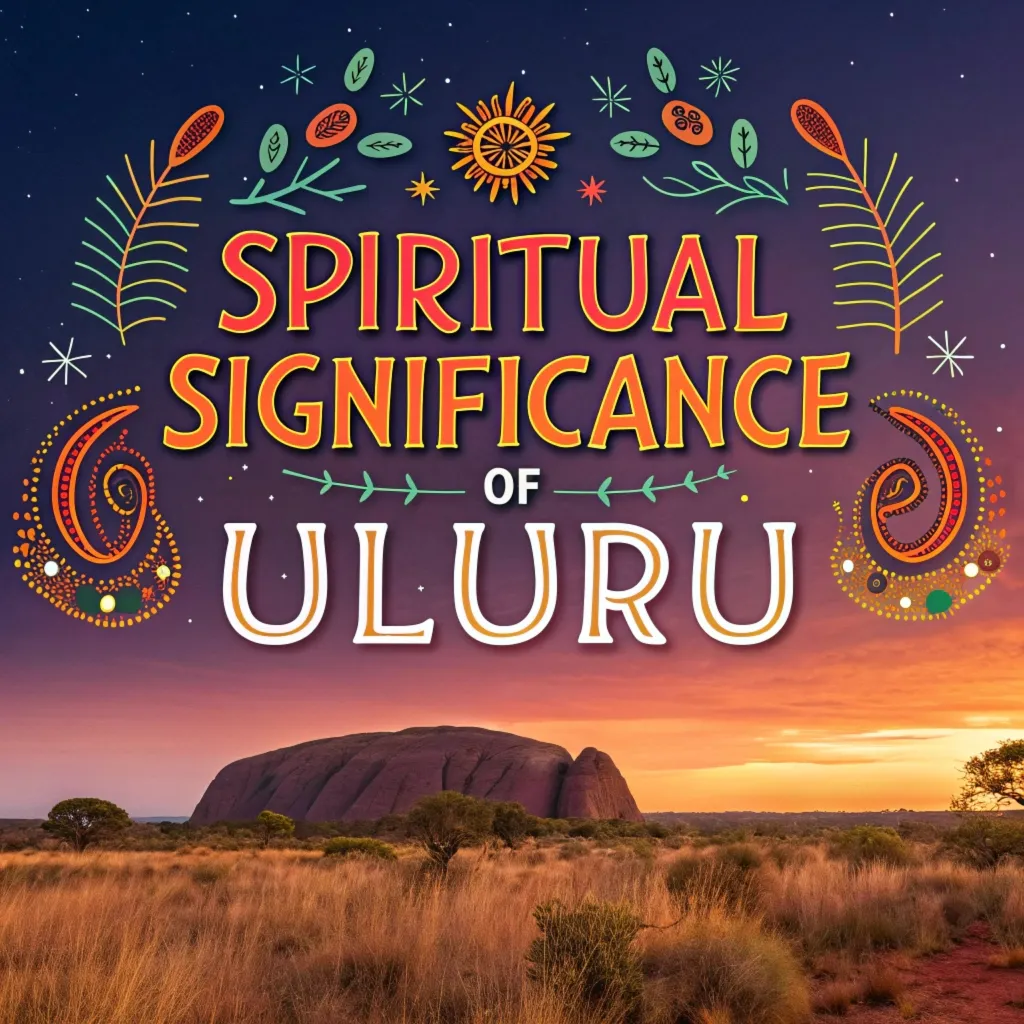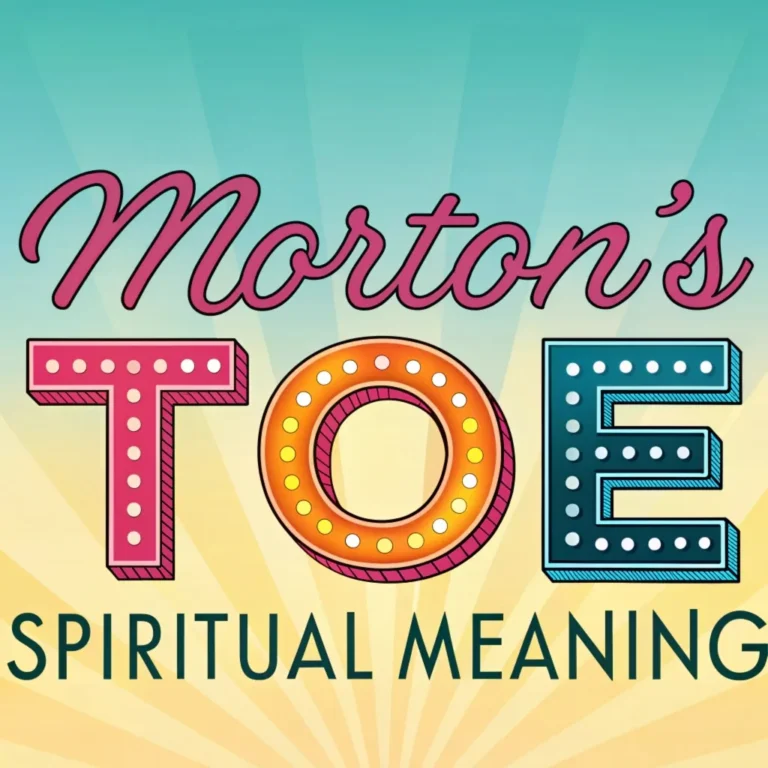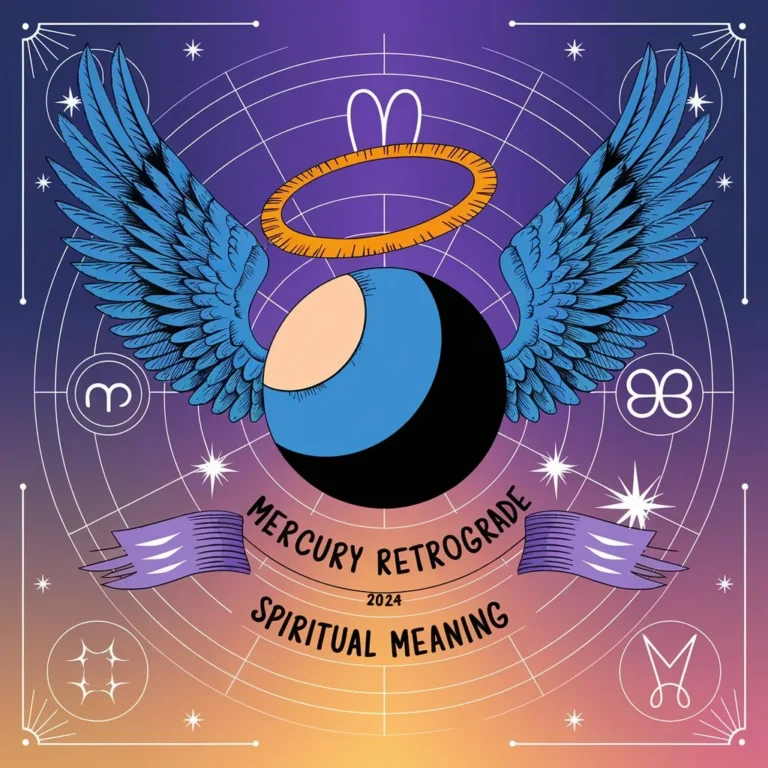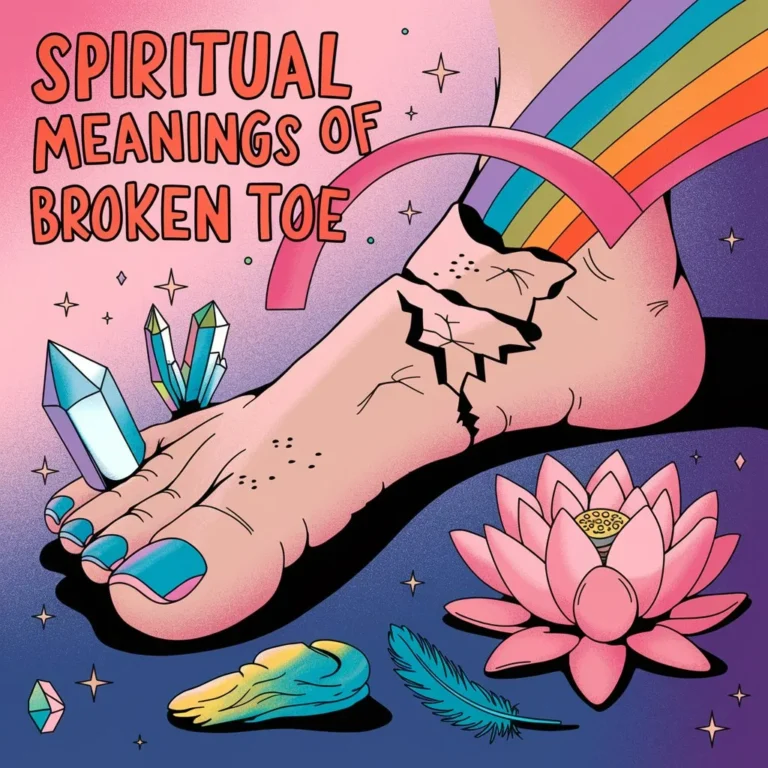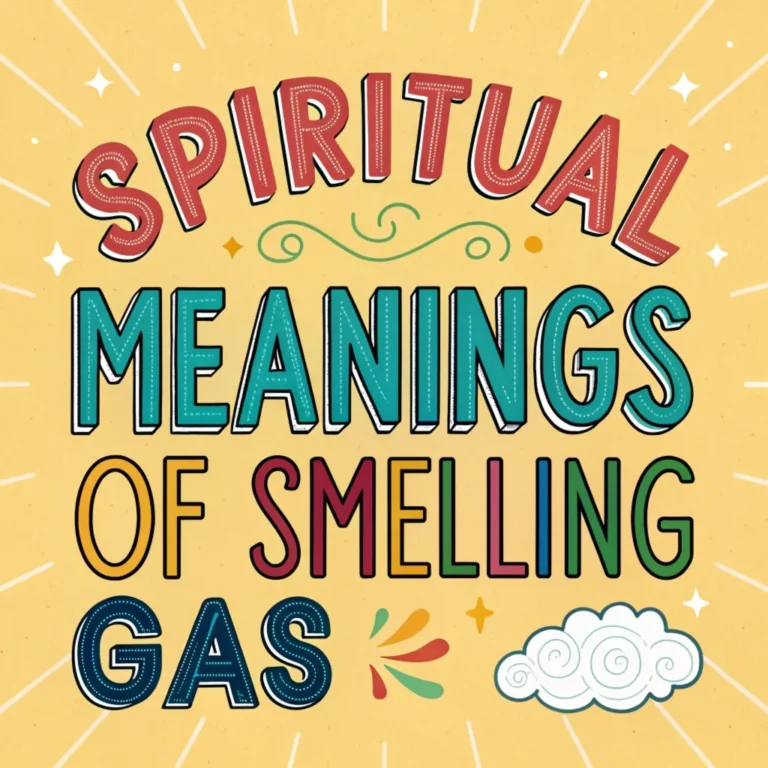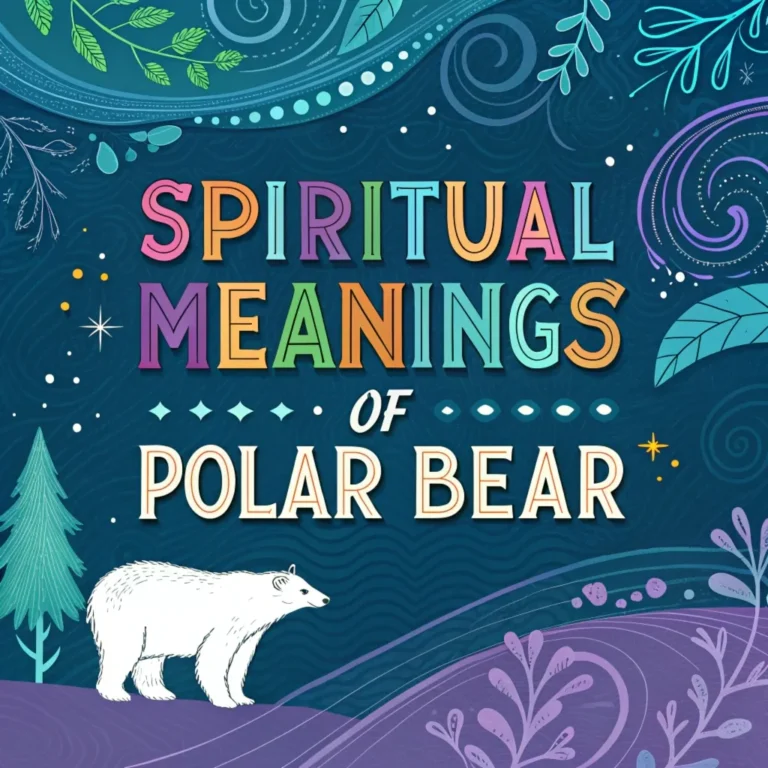Spiritual Significance of Uluru: Where Creation Stories Come to Life
Have you ever seen a big red rock in pictures of Australia? That’s Uluru! It’s not just any rock, though. Uluru is a very special place for Aboriginal people, especially the Anangu. They have lived near this giant rock for thousands of years.
To them, Uluru is like a huge storybook filled with important tales and beliefs. In this post, we’ll learn why Uluru is so important and what makes it a spiritual place.
We’ll discover how the Anangu people see Uluru as more than just a rock, but as a living part of their culture. Get ready to explore the amazing world of Uluru and its deep meaning for Australia’s first people!
Key Takeaways
- Uluru is a sacred site for the Anangu people, dating back over 30,000 years
- The rock formation is central to Aboriginal Dreamtime stories and creation myths
- Tjukurpa, the foundation of Anangu culture, governs the relationship between people, land, and spirits
- Uluru features numerous sacred caves and sites used for traditional ceremonies
- The landmark is believed to have been shaped by ancestral beings during the Dreaming
- Climbing Uluru was considered disrespectful and was banned in 2019
- The site plays a crucial role in preserving Aboriginal culture and environmental conservation
- Uluru-Kata Tjuta National Park is recognized as a UNESCO World Heritage site
- The Anangu people serve as guardians of the park, maintaining their ancient customs
- Visitors can experience Aboriginal culture through guided tours, art, and storytelling
- Sustainable tourism practices help support the local Aboriginal community
- Uluru’s geological significance complements its cultural importance
- The site represents the unbreakable spiritual connection between the Anangu and their land

The Ancient Roots of Uluru’s Spirituality
Uluru’s spiritual significance dates back millennia. The Anangu people, custodians of this sacred land, have lived in the area for at least 30,000 years.
Their deep connection to Uluru is rooted in the belief that the rock formation was created by ancestral beings during the Dreamtime, the period when the world was shaped.
Uluru is like a big, old storybook for the Anangu people. It’s not just a rock, but a special place that holds many stories from long ago. The Anangu have lived near Uluru for a very long time, longer than most people can imagine.
They believe that magical beings created Uluru during a time they call the Dreamtime. These stories help the Anangu remember important things about their history and how to live.
Tjukurpa: The Foundation of Anangu Culture
At the heart of Uluru’s spiritual importance lies Tjukurpa, the fundamental philosophy guiding Anangu life. This complex system of knowledge encompasses:
- Laws and customs
- Relationships between people, animals, and the land
- Creation stories and ancestral beings
- Traditional practices for finding food and water
Tjukurpa is not written down but passed through generations via songs, stories, and art.
Tjukurpa is like a big rule book for the Anangu people. It tells them how to behave, how to treat others, and how to take care of the land. But it’s not a book you can read. Instead, the Anangu learn Tjukurpa by listening to stories, singing songs, and looking at art.
These special teachings help them understand how to live in harmony with nature and each other. It’s a way of passing down important knowledge from older people to younger ones.
Sacred Sites and Ancestral Beings
Uluru is not merely a rock; it’s a living cultural landscape. Each face, crevice, and plateau tells a story of ancestral spirits.
The Anangu believe that about ten different ancestral beings shaped various regions of Uluru. These creation stories are integral to their spiritual beliefs and cultural practices.
Imagine Uluru as a giant puzzle, where each piece has a special story. The Anangu believe that magical ancestors created different parts of Uluru. These ancestors are like superheroes who shaped the land long ago.
Every bump, hole, and flat part of Uluru has its own tale. These stories are very important to the Anangu. They help them understand their world and teach them how to live. It’s like having a big, rocky storybook right in front of them!
Ceremonies and Rituals
The caves and fissures of Uluru serve as sacred spaces for Anangu ceremonies. These sites, formed by ancestral beings, continue to play a vital role in traditional rituals.
The Anangu people still perform sacred ceremonies in these caves, maintaining their spiritual connection to the land.
Uluru has many secret spots that are very special to the Anangu. These are like hidden rooms in a big, rocky house. The Anangu use these places for important ceremonies. They believe their ancestors made these spots long ago.
Even today, the Anangu go to these caves to do special rituals. These ceremonies help them stay connected to their land and their history. It’s their way of keeping old traditions alive and remembering their ancestors.
The Dreaming and Creation Stories
The Dreaming, a central concept in Aboriginal spirituality, explains how ancestral beings created the landscape, including Uluru. These creation stories are not just myths but living narratives that guide the Anangu’s relationship with their environment.
The Dreaming is like a big, magical story that never ends. It tells how everything in the world was made. For the Anangu, these stories are not just make-believe. They are real and important.
The stories explain how special beings made Uluru and everything around it. These tales help the Anangu understand how to take care of the land and animals. It’s like having a guidebook that teaches them how to live in harmony with nature.
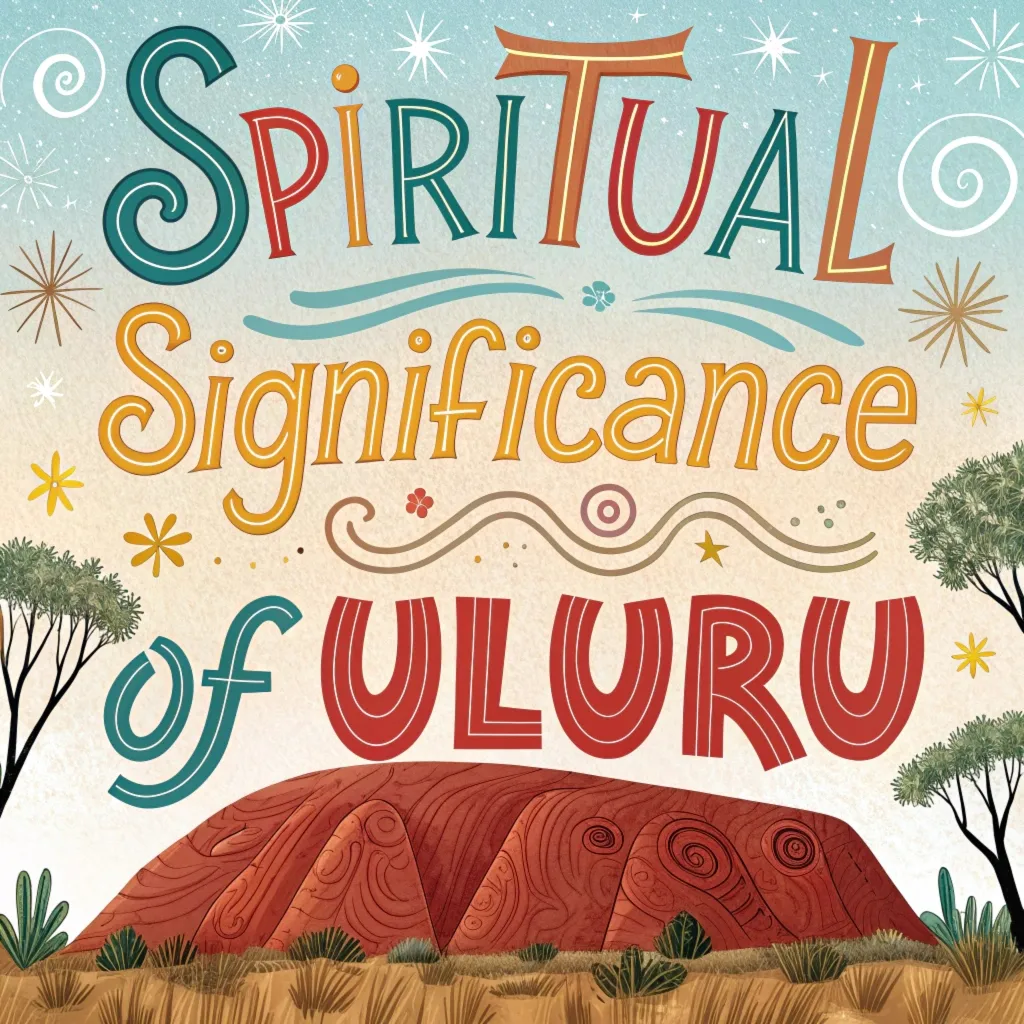
Uluru as a Living Entity
For the Anangu, Uluru is not an inanimate object but a living, breathing entity. It’s seen as a resting place for ancient spirits and a physical manifestation of their cultural beliefs. This perspective underlies the deep respect and reverence the Anangu have for Uluru.
To the Anangu, Uluru is not just a big rock. They think of it as a living thing, like a giant animal or a wise old person. They believe that spirits from long ago rest inside Uluru. These spirits are very important to their culture.
Because of this, the Anangu treat Uluru with great respect. It’s like how you might treat a grandparent or a teacher – with care and honor. This idea helps explain why Uluru is so special to them.
The Ban on Climbing Uluru
Recognizing Uluru’s spiritual significance, climbing the rock was banned in 2019. This decision honored the Anangu’s long-standing request and marked a significant step in respecting indigenous cultural beliefs.
For a long time, people used to climb Uluru. But the Anangu didn’t like this because Uluru is very special to them. It’s like someone walking on top of a church or a important monument. In 2019, the government said no one could climb Uluru anymore.
This made the Anangu very happy. It showed that people were starting to understand and respect their beliefs. Now, visitors can enjoy Uluru’s beauty from the ground, which is better for the rock and for the Anangu’s culture.
Uluru’s Role in Environmental Conservation
Beyond its spiritual importance, Uluru plays a crucial role in conserving the local environment. The site is part of an Indigenous Protected Area, safeguarding the region’s biodiversity and cultural features.
Uluru is not just important for spiritual reasons. It also helps protect nature. The area around Uluru is like a big nature park. It’s called an Indigenous Protected Area. This means the Anangu people help take care of the plants and animals that live there.
They use their old knowledge to keep the land healthy. This protects many different types of plants and animals. It also helps keep the Anangu’s culture safe. By taking care of Uluru and the land around it, they are helping the whole environment.
UNESCO World Heritage Status
Uluru-Kata Tjuta National Park’s inclusion as a UNESCO World Heritage site acknowledges its outstanding universal value. This recognition highlights the park’s natural beauty and its importance to Aboriginal culture.
Uluru is so special that it’s on a very important list called the UNESCO World Heritage list. This is like a list of the most amazing places in the world. Uluru is on this list because it’s very beautiful and very important to Aboriginal culture.
Being on this list means that people all over the world agree that Uluru should be protected. It’s like getting a gold star for being an extra special place. This helps more people learn about Uluru and why it’s so important to the Anangu people.
Experiencing Aboriginal Culture at Uluru
Visitors to Uluru can immerse themselves in Aboriginal culture through:
- Guided walks with indigenous guides
- Viewing ancient rock art
- Listening to Dreamtime stories
- Watching traditional art demonstrations
These experiences offer insights into the enduring spiritual connection between the Anangu and their land.
When people visit Uluru, they can learn a lot about Aboriginal culture. It’s like going to a big, outdoor museum. Visitors can go on walks with Anangu guides who tell them stories about the land. They can see old paintings on rocks that tell stories from long ago.
They can listen to Dreamtime stories, which are like fairy tales but very important to the Anangu. Visitors can also watch artists make traditional art. All these things help people understand how the Anangu are connected to Uluru. It’s a special way to learn about one of the oldest cultures in the world.
Sustainable Tourism and Cultural Preservation
Sustainable tourism practices at Uluru aim to balance economic benefits with cultural and environmental preservation. These efforts support the Aboriginal community by providing employment opportunities and a platform to share their heritage.
People who visit Uluru can help the Anangu people and the environment. This is called sustainable tourism. It means visiting in a way that doesn’t harm the land or the Anangu’s way of life. When tourists come, they can buy art made by Anangu artists or take tours led by Anangu guides.
This gives jobs to the Anangu people. It also helps them share their culture with others. By doing this, visitors help keep Anangu traditions alive. They also help protect the land around Uluru. It’s a way of showing respect for both the people and the place.
Geological Significance Complementing Spiritual Importance
While the Anangu have their creation stories, scientists estimate Uluru formed about 500 million years ago. This geological significance adds another layer to Uluru’s importance, making it a site of interest for both cultural and scientific reasons.
Uluru is not just important because of its stories. It’s also very old and interesting to scientists. They think Uluru was formed about 500 million years ago. That’s way before there were any people or even dinosaurs! Scientists study Uluru to learn about how the Earth changed over time.
This makes Uluru special in two ways: it has cultural importance to the Anangu, and it has scientific importance to geologists. It’s like a big history book made of rock that tells different stories to different people.
The Ongoing Spiritual Legacy of Uluru
Uluru continues to be a living symbol of Aboriginal spirituality and culture. Its significance extends beyond its physical presence, embodying the unbreakable connection between the Anangu people, their ancestors, and the land.
As visitors and Australians alike come to understand and respect this sacred site, Uluru stands as a testament to the enduring spiritual legacy of one of the world’s oldest continuous cultures.
Uluru is more than just a famous landmark. It’s a very important place that keeps Aboriginal culture strong. For the Anangu people, Uluru is like a bridge between the past and the present. It connects them to their ancestors and their land.
As more people learn about why Uluru is so special, they start to respect it more. This helps keep the Anangu’s traditions alive. Uluru shows us that some things, like culture and respect for the land, can last for a very long time. It’s a powerful reminder of how old and important Aboriginal culture is.
FAQs
What makes Uluru spiritually significant to Aboriginal people?
Uluru is deeply embedded in Aboriginal Dreamtime stories and is believed to have been created by ancestral beings. It serves as a physical connection to their spiritual beliefs and cultural practices.
How old is the Aboriginal culture associated with Uluru?
The Anangu people have lived in the Uluru area for at least 30,000 years, making it one of the oldest continuous cultures in the world.
What is Tjukurpa and why is it important?
Tjukurpa is the foundation of Anangu culture, governing laws, customs, and relationships between people, animals, and the land. It’s passed down through generations via oral traditions and art.
Why was climbing Uluru banned?
Climbing Uluru was considered disrespectful to its spiritual significance in Anangu culture. The ban, implemented in 2019, honors the traditional owners’ long-standing request.
How can visitors experience Aboriginal culture at Uluru?
Visitors can join guided walks with indigenous guides, view ancient rock art, listen to Dreamtime stories, and watch traditional art demonstrations to gain insights into Aboriginal culture.

Hi, I’m Aurelia Starfrost, your spiritual guide at InsightfulSpiritual.com. I love exploring ancient wisdom and modern practices to help you on your journey. With a focus on meditation and energy healing, I’m here to guide you to find solace within and discover your spiritual essence.

